- TURTLE BEACH UNVEILS EXPANSIVE NEW LINEUP OF OFFICIALLY LICENSED FOR NINTENDO SWITCH 2 GAMING ACCESSORIES, INCLUDING CONTROLLERS, CASES, & SCREEN PROTECTORS Turtle Beach Corporation
- Switch 2 controllers and the OnePlus Watch 3 top our list of the…
Category: 4. Technology
-
TURTLE BEACH UNVEILS EXPANSIVE NEW LINEUP OF OFFICIALLY LICENSED FOR NINTENDO SWITCH 2 GAMING ACCESSORIES, INCLUDING CONTROLLERS, CASES, & SCREEN PROTECTORS – Turtle Beach Corporation
-
What's new in iPadOS 26.1 beta 2: Slide Over returns, visual tweaks – AppleInsider
- What’s new in iPadOS 26.1 beta 2: Slide Over returns, visual tweaks AppleInsider
- Apple is bringing back Slide Over in iPadOS 26.1 Engadget
- iPadOS 26.1 beta 2 restores Slide Over multitasking back to iPad 9to5Mac
- iPadOS 26.1 Beta 2 Reintroduces…
Continue Reading
-
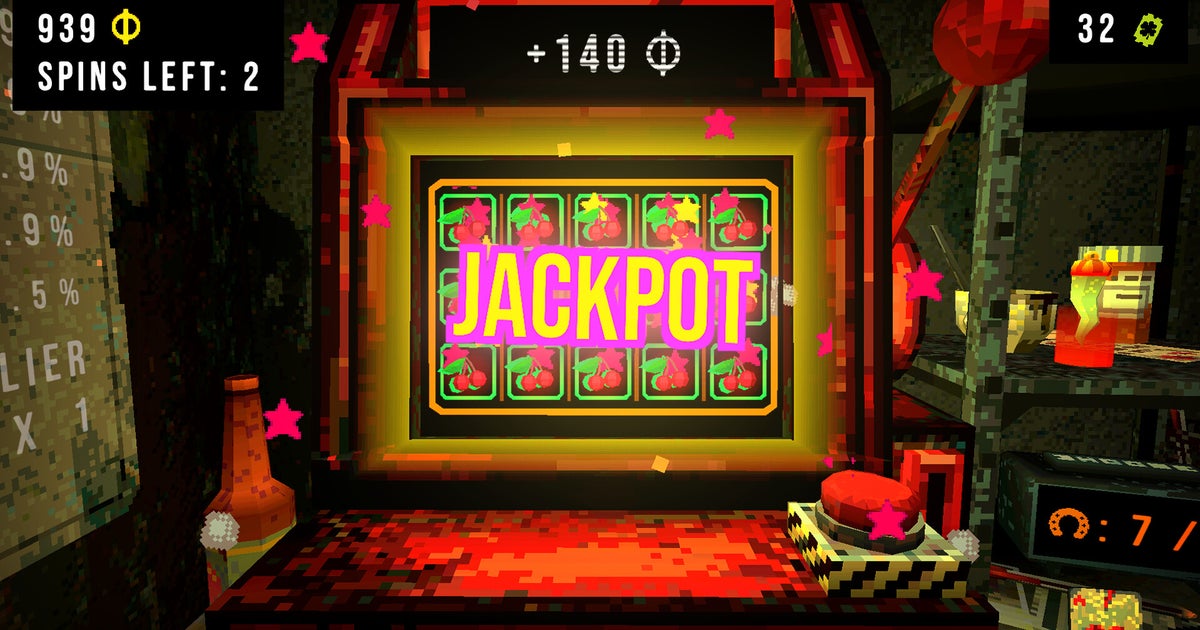
Indie slot machine roguelite CloverPit tops 500,000 sales in just 8 days | News-in-Brief – GamesIndustry.biz
- Indie slot machine roguelite CloverPit tops 500,000 sales in just 8 days | News-in-Brief GamesIndustry.biz
- CloverPit has sold 500,000 units in eight days Game Developer
- In a recent hit on Steam, you owe debt to the devil and play for your life
Continue Reading
-

AI Voices Are Now Indistinguishable From Humans, Experts Say
Until recently, the biggest concern for someone using a credit card abroad was that their bank might block the transaction as potential fraud.
Continue Reading
-
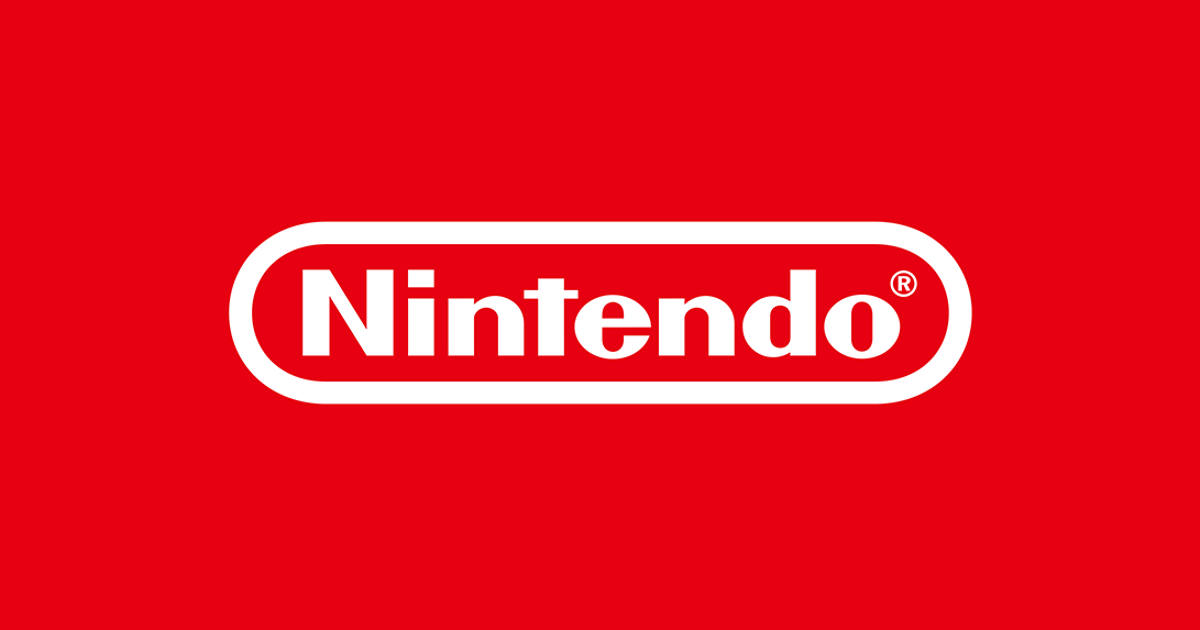
Nintendo refutes claims it had “any contact” with the Japanese government to lobby against genAI
Nintendo has issued a statement refuting claims it has been lobbying the Japanese government about protecting its intellectual property against generative AI.
In a now-deleted message posted to his verified X account, Japanese…
Continue Reading
-
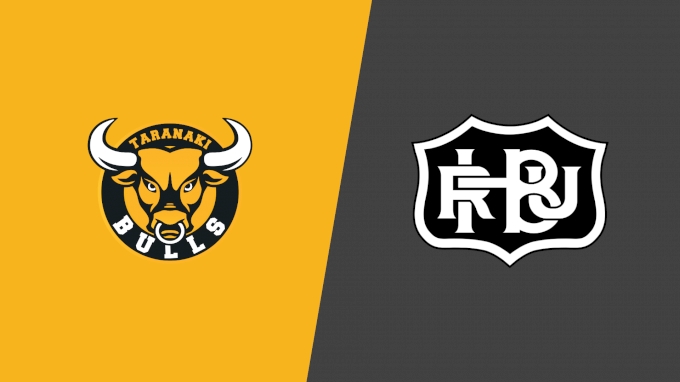
2025 Hawke’s Bay vs Taranaki – Quarterfinal #3 – News
Event Info
Here’s how to watch the 2025 TBC vs TBC broadcast on FloRugby. The 2025 TBC vs TBC broadcast starts on Oct 11, 2025. Stream or cast from your desktop, mobile or TV. Now available on Roku, Fire TV, Chromecast and Apple TV. Don’t forget…
Continue Reading
-
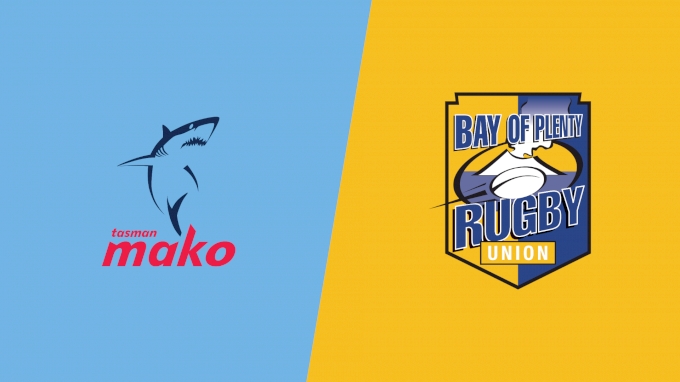
2025 Bay of Plenty vs Tasman – Quarterfinal #2 – News
Event Info
Here’s how to watch the 2025 TBC vs TBC broadcast on FloRugby. The 2025 TBC vs TBC broadcast starts on Oct 11, 2025. Stream or cast from your desktop, mobile or TV. Now available on Roku, Fire TV, Chromecast and Apple TV. Don’t forget…
Continue Reading
-
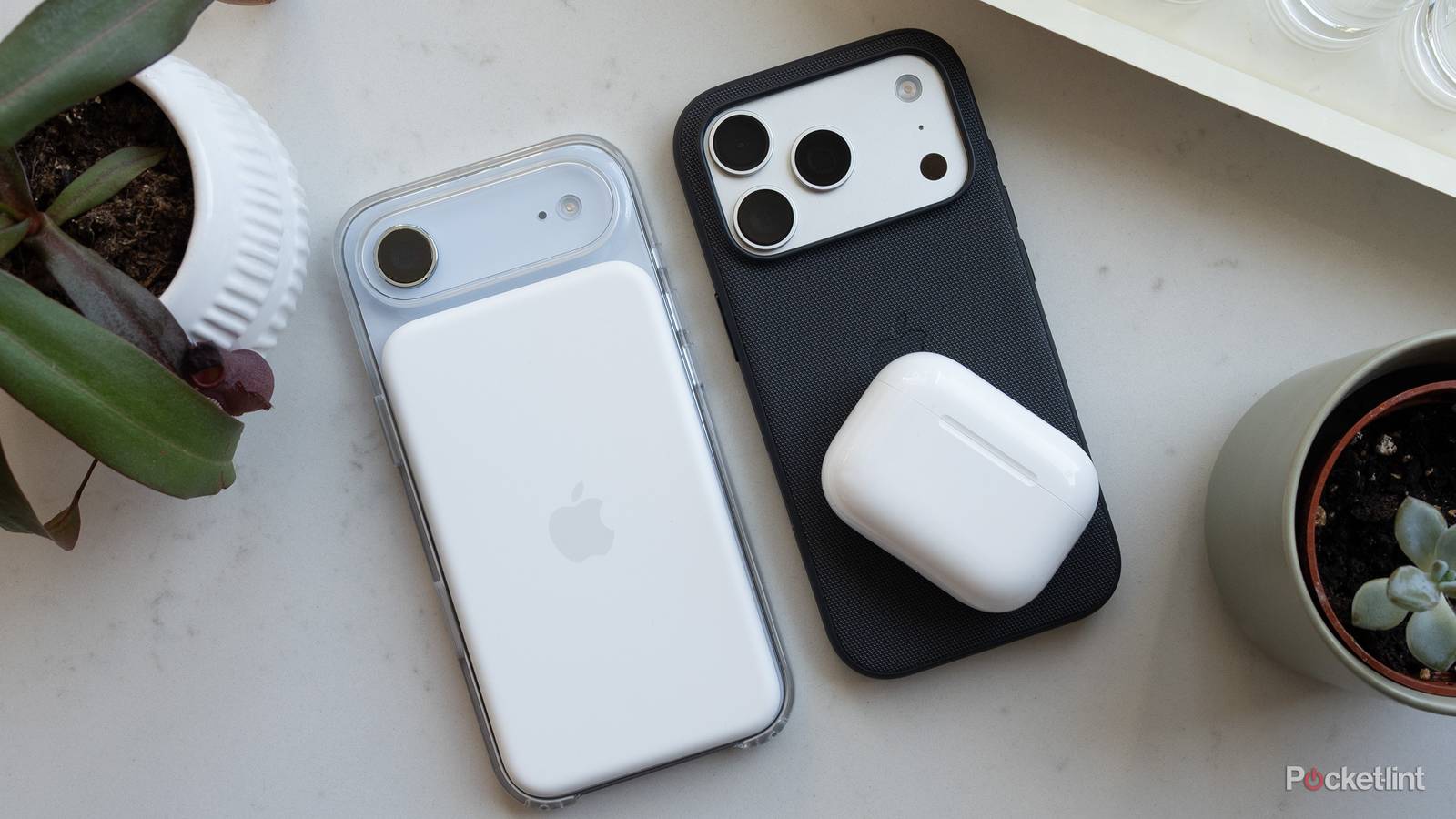
Apple needs to stop using confusing language about iPhone cameras
Summary
- Apple continues to brag about “optical‑quality” zoom on iPhone cameras, which is another way of saying cropped images at…
Continue Reading
-
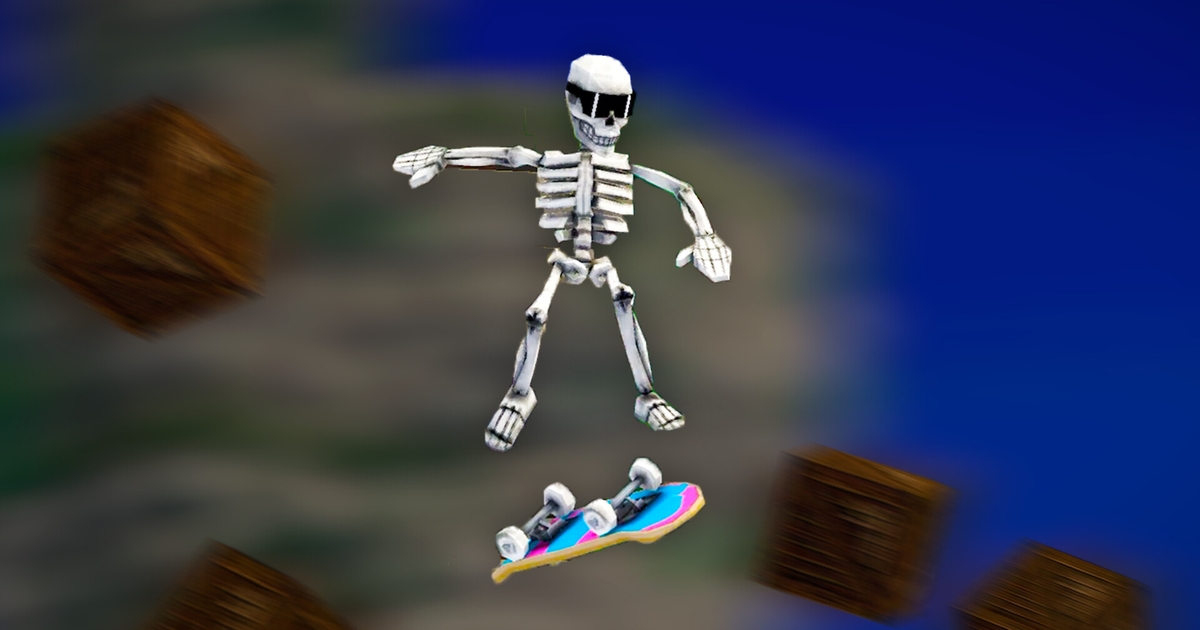
Indie hit Megabonk moves over a million copies in two weeks – Game Developer
- Indie hit Megabonk moves over a million copies in two weeks Game Developer
- Megabonk is a new indie hit on Steam. The game’s sales have surpassed one million copies Game World Observer
- A slot machine for gags disguised as a Vampire…
Continue Reading
-
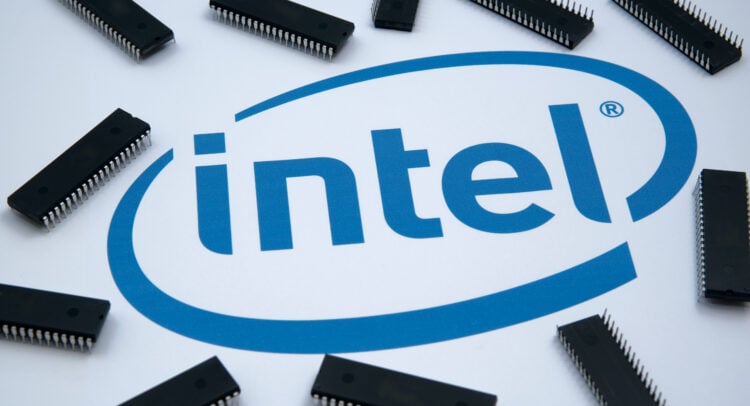
Panther Lake Lineup Allegedly Leaks: Intel Stock (NASDAQ:INTC) Slips
Some exciting news emerged for chip stock Intel (INTC), particularly if the news proves accurate. But investors did not take it near so well as might be expected. Reports noted that Intel’s planned Panther Lake lineup may have leaked early,…
Continue Reading